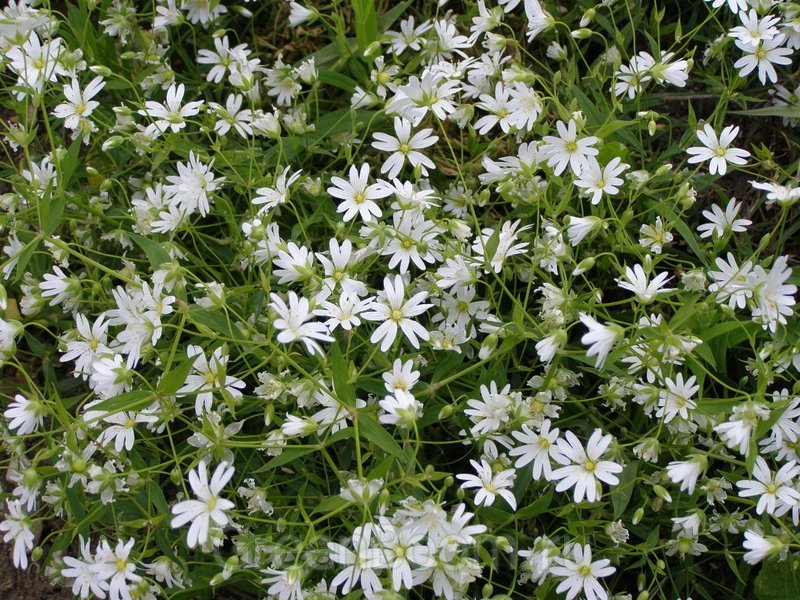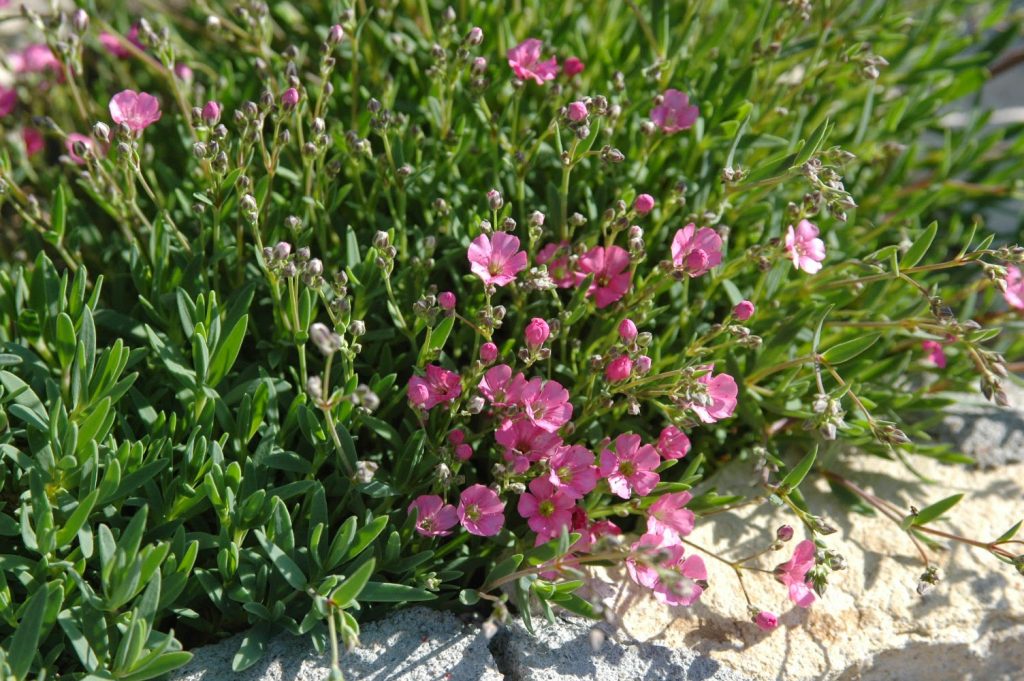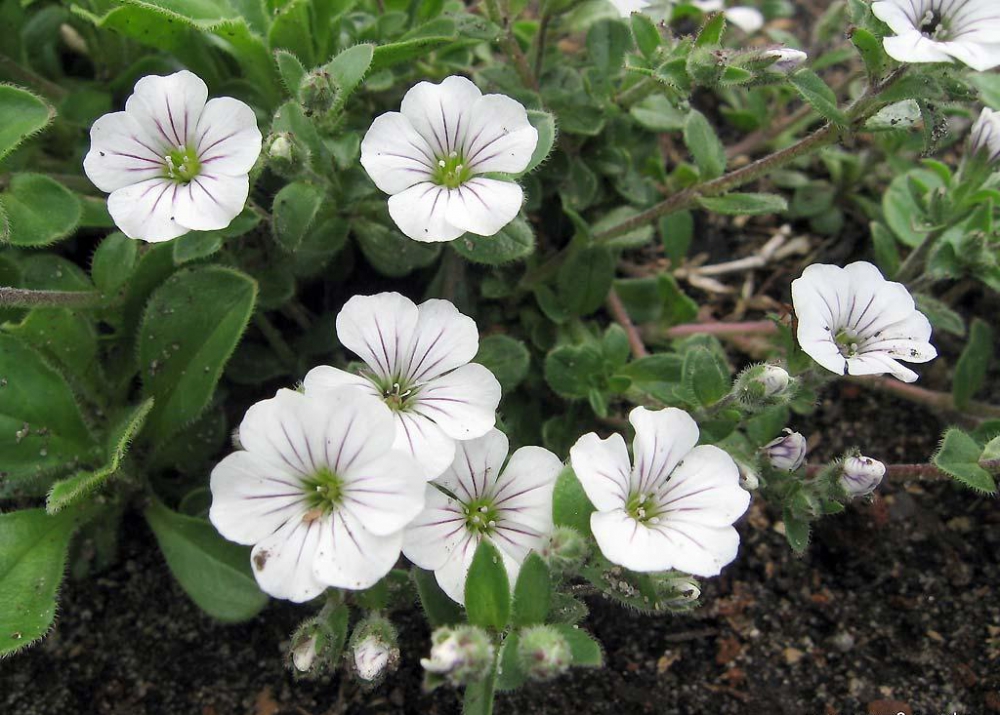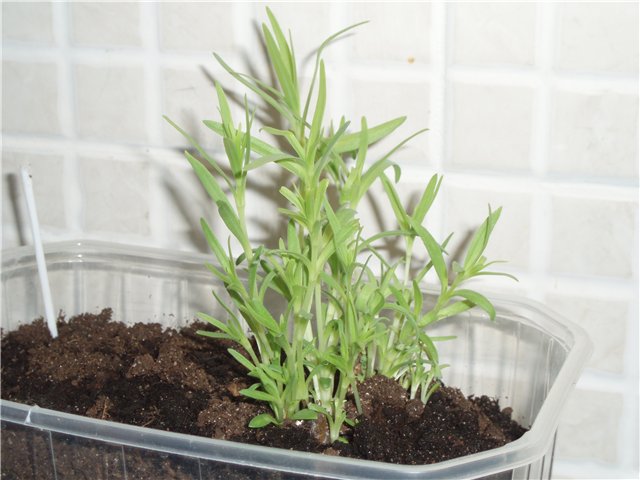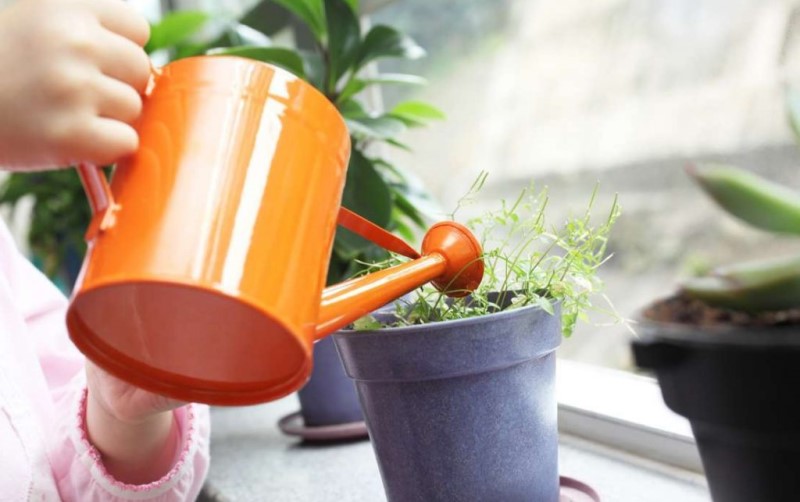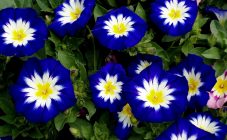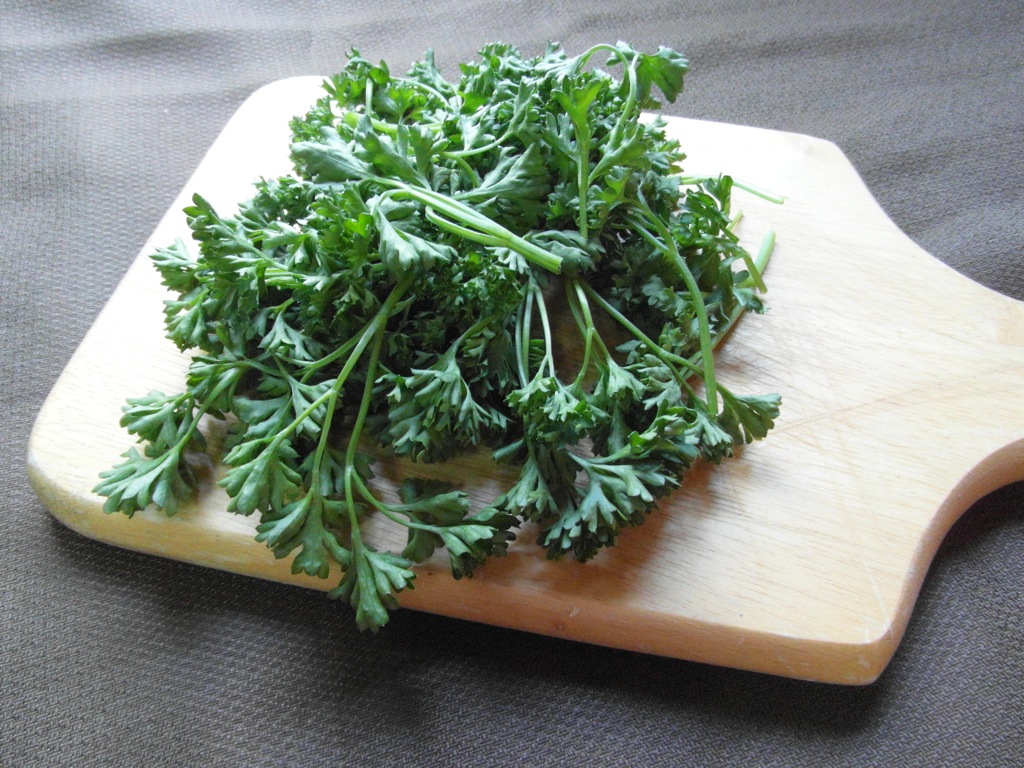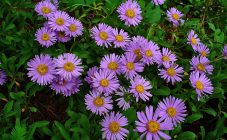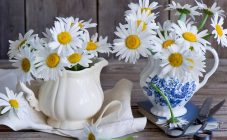Content:
Perennial gypsophila (also known as rolling tumbleweeds) for a garden or flower bed is a suitable option for those gardeners whose simplicity and sophistication necessarily border on the notion of simplicity. It will look great both in composition and in a single planting, which is especially important for flower growers with little experience.
Perennial gypsophila: features and differences
This amazing plant can be attributed to semi-shrubs due to the lower part of the stem, which does not die off at the end of the growing season. "Lime Lover" - as the name suggests, feels good even on poor soils, provided that fertilizers are applied on time.
Perennial gypsophila during the flowering period is a spherical or cushion-shaped shrub with a powerful taproot. Its leaves are small, whole, mostly expressed at the base of the stem.
The dignity of this perennial is in its lush "crown". Densely covered with delicate flowers, paniculate stems become almost invisible, due to which the effect of light haze, clouds, voluminous flounces is created, which will give solemnity to any corner of the garden.
Perennial gypsophila has several advantages over one- and two-year-olds:
- well-developed, strong root system, thanks to which the plant grows well on almost any non-acidic soils;
- reproduces vegetatively and with the help of seeds. Once you have planted this flower, you can admire its flowering from year to year for more than 2 years. Annuals bloom within one growing season, on average from May to August.
Popular varieties
With a variety of species and varieties, perennial gypsophila has long been ahead of its one- and two-year-old counterparts. The main distinguishing features are the size and color of the inflorescences, the height and width of the bush.
Gypsophila paniculate
Otherwise it is paniculate, which indicates a high degree of branching among other species. The height of the bush varies widely - from 20 to 120 cm, forming chic white and pink spherical pillows of different shades, densely covered with small flowers. Due to the dark stems and rich gray-green, emerald leaves, gypsophila flowers appear almost blue. There are varieties with simple and double (Rosenschleier, Bristol Firey, Flamingo) inflorescences. Blooms from July to August.
Popular varieties:
- Flamingo is a variety of gypsophila paniculata with double pink flowers. On average it reaches 75 cm in height. He is tall.
- Pink Star. The flowers are rich, dark pink. Bush up to 60 cm in height.
- Rosenschleier. The flowers are double, pale pink. Creeping bush up to 40 cm in height. Blooms from June to September.
- Bristol Firey. The flowers are double, white.
- Terry has white inflorescences of numerous small flowers. Reaches 90 cm in height.
- Snowflake is an extraordinary variety of perennial gypsophila. It has a rather dense bush, densely covered with white double flowers. It grows up to 10 cm, reaching up to half a meter in diameter.
- Festival White and Festival Pink with panicles of white and pink colors, respectively. Form dense, medium-high bushes up to 40 cm.
- Perfecta is a garden form. This gypsophila is similar to the Achilles Pearl is a perennial yarrow.Tall, highly branched shrub with prominent white double flowers.
Gypsophila creeping (wall)
Its shoots are from 10 (almost dwarf) to 40 cm in height, creeping. Forms dense, low cushion-shaped bushes. The foliage is bright green, densely covers the stems of the flower. Inflorescence color from white to pale pink. It blooms twice a season: in early summer and autumn. It is quite unpretentious, which makes it perfect for embossed rocky areas. The main garden forms of this gypsophila:
- Gypsophila pink forms a short (up to 15 cm) bush with pale pink flowers. It grows rather quickly. Has a red color on the stems.
- Gypsophila white forms compact, low bushes bearing panicles with small snow-white flowers. The leaves are dark green.
- Blush is a short bush with bright pink flowers.
- Mirabella is a picturesque form of gypsophila, a strongly branched bush with many small white flowers.
Gypsophila cephalic
Fluffy enough, forms small rugs. Creeping shoots, reach a height of 10 cm. Flowers are small - white, purple with bright streaks, up to 2 cm in diameter. Blooms from May to June. Possesses high frost and drought resistance. It is very popular among florists when modeling landscape objects.
Gypsophila pacific
Its pale pink flowers (7 mm in diameter) on spreading, highly branching panicles will be a wonderful addition in the company of single herbaceous annuals. Grows up to 40 cm in height. Unpretentious enough. Leaves are silvery-blue, wide, large. Blooms in late July - September.
Representatives of perennial gypsophila also include the Ural, areciform. Along with them, Gypsophila is very popular, but it is considered an annual.
Features of care and cultivation
Anyone, even a novice florist, can grow a perennial gypsophila on the site. For this, some nuances should be taken into account.
Growing from seedlings
Perennial gypsophila species are strongly recommended to be grown in seedlings, in contrast to one and biennials. This method includes rather simple manipulations, however, it has a number of important features that must be taken into account in order to achieve the desired results:
Sowing
It is carried out in early spring in prepared containers with non-acidic soil. Regular flower potting mixes will do. The soil is moistened and the seeds are placed to a depth of 1-1.5 cm. The container is covered with a film or transparent glass and placed in a place that is as illuminated as possible throughout the day.
The main thing is to keep the distance between the seeds - 10-15 cm. You can plant more heap, but after 2-3 weeks the sprouts should be thinned out. Seed germination is possible as early as 3 days, and the first sprouts can be observed after 10-15 days.
Landing
When the seedlings are strong enough, you can start preparing the planting site. It is worth choosing the right time: even if it is May outside and the air temperature remains low at night, you need to postpone the landing. It is recommended to thoroughly loosen the soil, provide high-quality drainage and apply lime (20-30 g per 1 m²) or sand if necessary. When planting creeping species of perennial gypsophila, a rocky surface will be an ideal place, as an amazing alpine slide will turn out.
When planting in open ground, it is important to observe the distance between shoots - from 0.5 to 1.5 m (depending on the variety). For especially tall crops, it will be advisable to install a U-shaped support so that the bush does not fall on its side.
Reproduction is also possible by seeds collected at the end of the growing season from capsules on faded shoots.They do not lose germination for 2-3 years.
Care
In general, all types of perennial gypsophila are unpretentious. However, for the preservation of decorative qualities, it is important to follow several rules:
- Watering at the root, reducing the intensity by the end of summer and bringing it to a minimum in the fall. Avoid stagnant water!
- You only need to fertilize a few times a season. Mineral and organic fertilizers alternate, but experienced gardeners do not recommend using humus.
- During daylight hours, the plant should be illuminated, but in the evening a light openwork shadow from neighboring vegetation is permissible.
- Pruning is done in late August - September, leaving 5 cm of the stem above ground level.
Tips from experienced gardeners and summer residents
- in the process of growing plants from seed, such as perennial gypsophila, it is important to be patient, since often varietal qualities begin to manifest themselves after a few years, so the best way of propagation is cuttings;
- for the preservation of decorative qualities for the winter, the stems should be covered (with leaves, peat), especially when severe frosts have already hit, and the snow has not fallen;
- in the process of rooting, a young plant should be watered systematically, but not abundantly;
- some types of gypsophila, for example, paniculata, do not like transplants very much, so the site for planting is chosen on an ongoing basis.
Perennial gypsophila will not leave indifferent even the most inexperienced gardener or summer resident. It will look attractive in mixboards, alpine slides or just on flower beds. And the combination in bouquets with bright and large flowers looks sophisticated and stylish, being an adornment of any interior.

